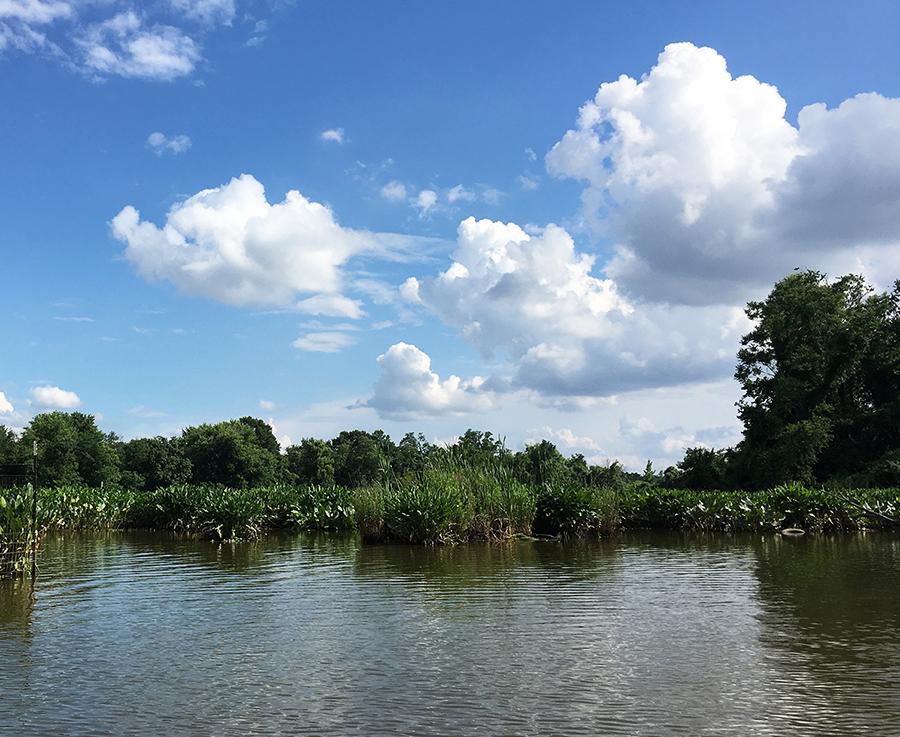
The Modern Anacostia
Since the 1970’s, residents have been working to clean up the Anacostia, to remove pollutants and toxins, and to reduce stormwater runoff. Through collective effort, the goal of a swimmable Anacostia river is finally in sight.
Washington D.C. is several decades into the fight to clean up the Anacostia River, and return it safe for human recreation. Reducing stormwater runoff will reduce dirt and trash in the river. But to remove existing toxics and reduce bacteria the city needed to undertake two major improvement projects, one of which has just begun.
A recent article in DCist noted, “Ever since Washington’s first sewers were built in the 19th-century, those sewers have dumped untreated waste directly into the city’s rivers.” In 1980 the Anacostia Watershed Society sued DC Water over the sewage, resulting in agreement that the city would build new sewer tunnels to massively reduce overflow. The DCist article notes, “The first tunnel went online in March 2018, preventing 90 percent of sewage overflows into the Anacostia River and keeping 7 billion gallons of untreated sewage out of the river — along with 3,100 tons of trash.” A second tunnel is under construction, a third under consideration.
Reducing trash and sewage in the Anacostia river is only one part of what is necessary to make the water safely swimmable. The Anacostia River Sediment Project, a project of DC’s Department of Energy and Environment, was developed to address contaminants in the river’s bed – including PCB’s and microplastics. A WAMU story covering the plan notes that “77 underwater acres of contamination ‘hot spots,’ including the Anacostia River, Kingman Lake, and Washington Channel will be cleaned over the next few years — with the goal of making the Anacostia River fishable and swimmable in the next five years.” The article continues, quoting Director of D.C. Department of Energy and Environment Tommy Wells saying “It’s time to get to work to pull this sediment out that’s contaminated so that our fish can be healthier, we can eat the fish, and we can swim in the rivers again.”
Anacostia Swim Club members look forward to safely swimming in the Anacostia this decade, and celebrate progress made toward that goal.
